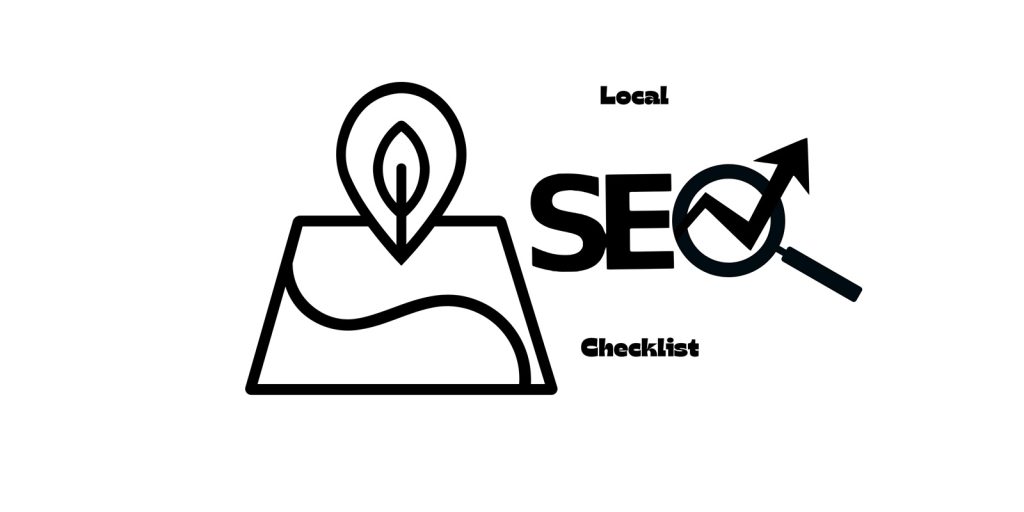Optimizing your business for local search is essential in today’s digital landscape. Whether you’re a small business or a large enterprise, local SEO ensures your business gets noticed by nearby customers searching for services like yours. Below is a comprehensive local SEO checklist that will guide you through the key steps necessary to boost your local online visibility.
1. Google My Business (GMB)
Claim and Verify Your Listing
First, ensure your business is claimed and verified on Google My Business (GMB). This step is crucial to getting listed on Google Maps and local search results. Verification can be done via a postcard or phone call.
Complete Your Profile
Fill in all required information like business name, address, phone number (NAP), hours of operation, and categories. An optimized profile makes it easier for customers to find the details they need.
Add Photos and Videos
Visual content improves engagement. Upload high-quality images and videos showcasing your business, services, or products. This builds credibility and attracts more attention.
Manage Reviews
Encourage satisfied customers to leave positive reviews. Respond to all reviews, both positive and negative, in a prompt and professional manner. This not only improves customer relations but also boosts your online reputation.
Post Regular Updates
Use Google Posts to share updates, offers, or events with your audience. Frequent updates keep your profile active and can lead to better local search rankings.
2. NAP Consistency
Check Your NAP
Ensure that your name, address, and phone number (NAP) are consistent across all platforms, directories, and social media profiles. Inconsistent information can confuse search engines and hurt your rankings.
3. Local Citations
List in Local Directories
Submit your business information to local directories such as Yelp, Bing Places, and TripAdvisor. Being listed in these directories helps search engines trust the legitimacy of your business and improves your local SEO.
4. On-Page SEO
Optimize Title Tags
Include local keywords in your title tags. For instance, if you own a tea shop, you might use a title like, “Best Tea in [City Name].”
Optimize Meta Descriptions
Write compelling meta descriptions with local keywords that entice users to click through to your website. This improves your click-through rate (CTR), a factor that can positively impact your search rankings.
Add Location Pages
If your business has multiple locations, create separate pages for each one. This helps target customers in specific areas and ensures your content is more relevant.
Embed Google Maps
Incorporate a Google Map showing your business location on your website. This makes it easier for users to find you and signals to Google that you are a legitimate local business.
5. Local Content
Write Localized Blog Posts
Create content focused on local events, news, or activities relevant to your audience. Writing blog posts that incorporate local keywords strengthens your connection to the local community.
Use Local Keywords
Research and use keywords specific to your location. For example, instead of just “carpenter,” use “carpenter in [City Name].” This helps target the right audience and boosts local SEO performance.
6. Mobile Optimization
Ensure Mobile-Friendly Website
A significant portion of local searches comes from mobile devices, so it’s essential to have a mobile-friendly website. Test your site for mobile usability, including load times and responsive design, to ensure a smooth experience for mobile users.
7. Backlinks
Build Local Backlinks
Acquire backlinks from local websites, news outlets, and blogs. Links from authoritative local sources signal to search engines that your business is relevant and trustworthy in the local market.
8. Social Media
Maintain Active Social Media Profiles
Regularly update your social media profiles and engage with your audience. Social media platforms help improve your online visibility, and local SEO efforts are boosted when your social media pages link back to your website.
9. Local Schema Markup
Implement Local Business Schema
Add local business schema markup to your website. Schema markup helps search engines understand the context of your website, such as your location, business hours, and services. This improves how your business appears in search results.
Local SEO Checklist
| Step | Task | Description |
|---|---|---|
| Google My Business | Claim and verify, complete profile | Ensure your GMB profile is fully filled out, verified, and optimized with up-to-date information. |
| NAP Consistency | Check name, address, and phone (NAP) | Ensure NAP is consistent across all platforms, directories, and social media profiles. |
| Local Citations | List in local directories | Submit your business to local directories like Yelp, Bing Places, and TripAdvisor. |
| On-Page SEO | Optimize title tags, meta descriptions | Use local keywords in titles and descriptions, create location-specific pages, and embed Google Maps on your site. |
| Local Content | Create localized blog posts | Focus on local events, news, or activities to attract more local traffic. |
| Mobile Optimization | Ensure a mobile-friendly website | Check for fast loading times and mobile usability. |
| Backlinks | Build local backlinks | Gain backlinks from local websites and news outlets to increase local relevance. |
| Social Media | Maintain active profiles | Regularly update social media profiles and link back to your website. |
| Local Schema Markup | Implement local schema | Add local business schema markup to enhance search engine understanding of your location and services. |
By following this local SEO checklist, your business can improve its local search rankings and attract more nearby customers. Start implementing these strategies today and watch your online presence grow!

